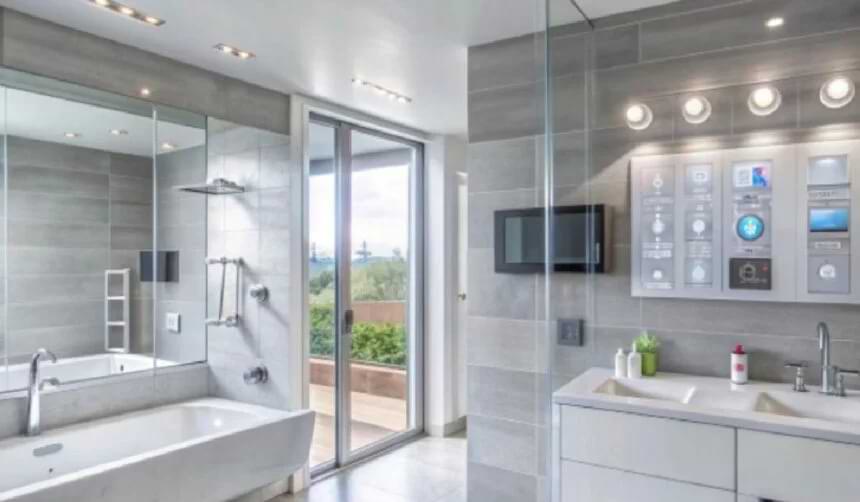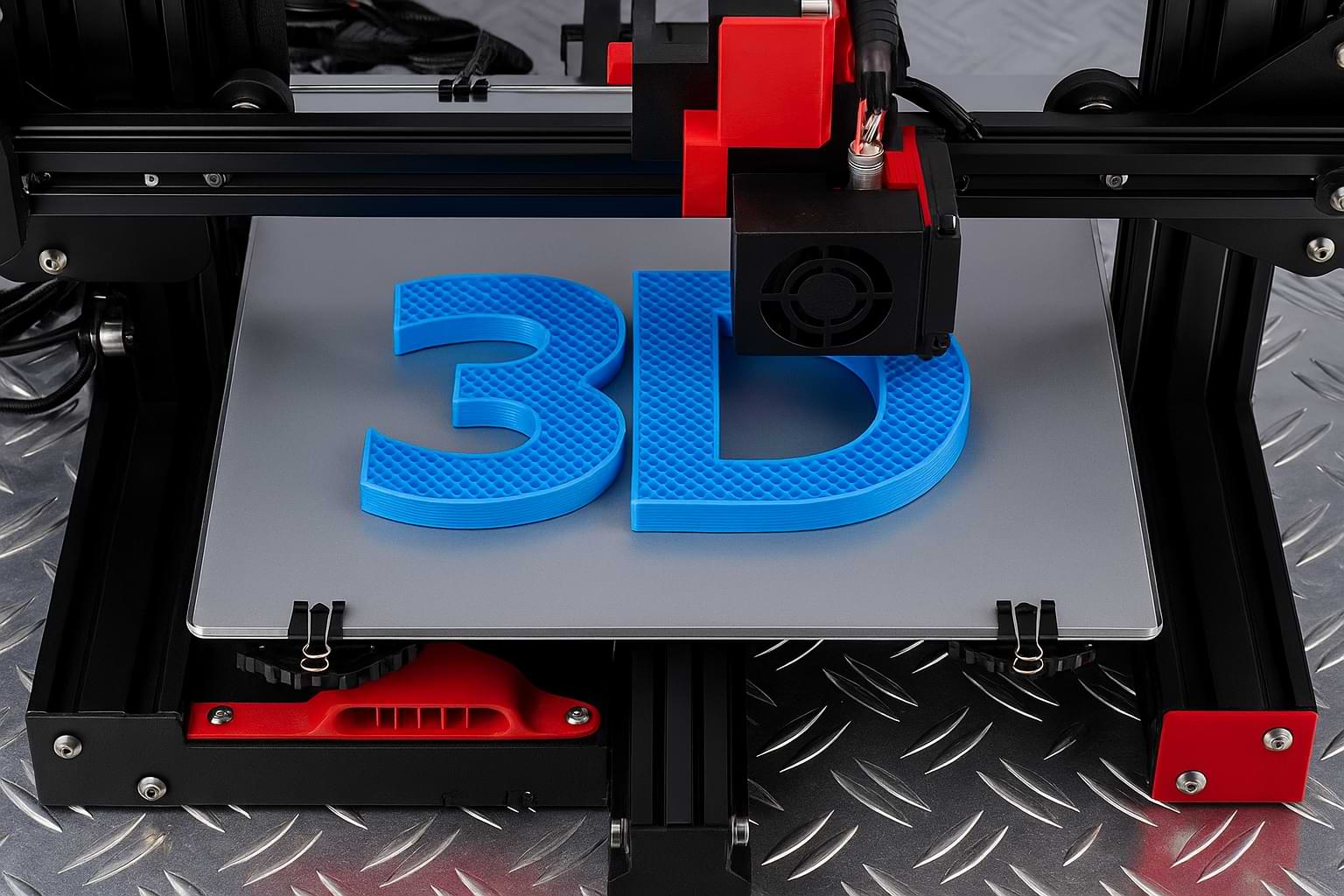Introduction
Manhattan bathroom renovations present unique challenges that distinguish them from suburban projects. Tinney (limited) space, building rules, and expensive materials mean you need careful planning and expert help.
Your Manhattan bathroom is probably between 35 and 60 square feet, so you must use space well without losing style. Unlike bigger suburban bathrooms, where you can change layout freely, Manhattan renovations must work with existing plumbing and structure, limiting your options.
Building Rules in Manhattan
Building rules in Manhattan add extra steps you don’t find elsewhere. Co-op and condo boards have strict approval systems, and the Department of Buildings needs detailed documents even for small changes. Knowing these rules saves you time and money.
Guide Coverage
This complete guide covers every step of Manhattan bathroom remodeling from planning to installation. You’ll find clever design ideas, learn how to get approvals, and use cost-effective methods to get luxury results despite the city’s tight limitations.
Understanding Manhattan’s Bathroom Challenges
Space-Savvy Ideas for Small Bathrooms
Manhattan bathrooms need creative design ideas that suburban homes usually don’t—every inch counts when the space is just 5×7 feet or smaller. Regular layouts won’t work in these tight areas.
Wall-mounted fixtures (toilets and sinks attached to the wall) make the bathroom look bigger by showing more floor space and make cleaning easier. But they need strong wall support, so you may need to change the wall.
Corner fixtures (toilets, sinks, showers installed in the corner) free up the middle floor area for movement while keeping everything functional.
Building & Permit Rules
Most Manhattan renovations need Department of Buildings permits, even for moving fixtures a little bit. Ignoring this can add weeks to your timeline.
Plumbing permits are needed when you move water pipes or drains. Old NYC pipes often need upgrades to meet code when disturbed.
Electrical permits are required for new lights, fans, or heated floors. Licensed electricians must do this work, and inspectors must sign off before final approval. Planning this early avoids delays later on.
Co-op and Condo Board Permissions
Most buildings in Manhattan require board permission before starting renovations. These agreements cover work hours, construction rules, and cleanup obligations to protect neighbors.
Boards usually need architectural plans, contractor insurance, and detailed schedules. Some buildings may require you to use specific contractors or get extra insurance.
Security deposits can range from $2,000 to $15,000. These are refundable and ensure buildings are protected during work, preventing work halts if damage happens.
Design Strategies for Tight Manhattan Bathrooms
Making Small Spaces Look Bigger
Use light and reflective surfaces like white or pale tiles to make walls seem farther back and bigger. Shiny surfaces help reflect light but need more cleaning.
Large tiles (12×24 inches or more) reduce grout lines, making the room look cleaner and less cluttered. But walls must be smooth to avoid breakage.
Frameless glass showers remove visual barriers, allowing the eye to travel across the space and making it feel larger. Semi-frameless options provide support at a lower cost.
Smart Storage Solutions
Built-in storage, such as shelves inside walls, recessed medicine cabinets, and wall-mounted cabinets, saves space without protruding.
Choosing between a floating vanity (attached to the wall) and a traditional one depends on your preference for storage space versus the need for more visible floor space.
Vertical storage (tall, narrow shelves) uses wall space effectively without taking floor area, drawing the eye upwards for a feeling of extra height.
Lighting Tips for Small Bathrooms
Layered lighting involves combining general lighting, task lighting (such as near mirrors), and accent lighting to create depth and interest.
Side-mounted sconces next to the mirror give better, shadow-free lighting than a single light above it.
Allowing natural light in with privacy film or frosted treatments can make small bathrooms feel much brighter and larger.
Materials & Costs in Manhattan
Tiles and Surfaces
-
Porcelain tiles are strong and water-resistant, making them ideal for humid bathrooms. Price: $8–$25/sq ft; Installation: $10–$15/sq ft.
-
Natural stone (marble, travertine) looks luxurious but needs ongoing care and is pricier $15–$40/sq ft plus maintenance.
-
Luxury Vinyl Tile (LVT) mimics stone or wood at a lower cost and is water-resistant. Installed: $4–$12/sq ft.
Fixtures and Hardware
-
Wall-mounted toilets cost $400–$1,200 plus installation; traditional floor models: $200–$800.
-
Compact vanities (under 24 inches) cost $800–$2,500, while semi-custom ones are $400–$1,200.
-
Water-saving fixtures may be eligible for rebates, such as low-flow toilets or sensor faucets.
Construction & Labor in Manhattan
Unique Challenges in the City
Getting materials into Manhattan requires special planning, like elevator bookings, street permits, and hand-carrying materials upstairs.
Noise rules typically limit work to 9 AM–5 PM, Monday through Friday, with no work on weekends or evenings, thereby extending the project timeline.
Keeping dust contained is crucial. Using enclosures and HEPA filters protects other apartments.
Professionals and Permits
Experienced contractors charge 20–30% more due to added complexity. Plumbers and electricians may charge $150–$250/hour. Permit fees range from $200–$800.
Architect fees: $200–$400/hour, typically for 10–20 hours depending on the job’s complexity.
Budget & Cost Management
Realistic Budget Ranges
-
Basic renovations (tiles, paint, fixtures): $15,000–$30,000.
-
Mid-range (layout changes, premium materials): $30,000–$60,000.
-
Luxury upgrades (spa-like, custom details): $60,000–$100,000+.
Hidden Costs and Contingencies
Old buildings often reveal unexpected issues, such as plumbing, wiring, or structural problems, once demolition begins.
Permit processes may reveal compliance problems, adding thousands to your budget.
Delays in materials or approvals may increase labor costs or necessitate alternative bathroom arrangements during work.
Timeline & Project Management
Planning Phase
Design and getting permits can take 6–12 weeks. Board approval adds 2–4 weeks; the Department of Buildings may extend timelines if revisions are needed.
Order materials early; custom items may take 8–12 weeks to arrive.
Choose contractors with Manhattan experience; they often book 4–8 weeks in advance.
Construction Phase
Expect 3–6 weeks for renovation. Simple jobs typically take 2–3 weeks, while complex ones may take longer.
Inspector wait times can stop work if not scheduled in advance.
Final touches, such as grouting or painting, can take extra time due to dust regulations and access challenges.
Read Also: Best Reasons to Hire a Property Finder in London 2025
Transform Your Manhattan Bathroom
Successful renovations in Manhattan need thoughtful planning, expert help, and a clear budget. Your small bathroom can feel luxurious with the right strategy.
Begin by talking to specialists familiar with Manhattan’s rules and space-saving designs. Ensure quotes include all fees and a buffer for surprises.
Remember: a well-done renovation enhances daily life and boosts property value. High-quality materials, expert work, and innovative design pay off in the long run, especially in Manhattan’s competitive real estate scene.
FAQs
How much does a bathroom renovation cost in Manhattan?
Basic renovations start around $15,000–$30,000, while mid-range projects can cost $30,000–$60,000. Luxury upgrades often exceed $60,000, depending on materials, layout changes, and building requirements.
Do I need a permit to renovate my bathroom in Manhattan?
Yes. Most bathroom renovations in Manhattan require permits from the Department of Buildings, especially if you’re moving plumbing, electrical systems, or fixtures, even by a few inches.
Can I remodel my bathroom in a co-op or condo without board approval?
No. Board approval is required for most Manhattan co-ops and condos. You’ll need to submit plans, contractor documents, and sometimes pay a refundable deposit before starting work.
How long does a bathroom renovation take in Manhattan?
The whole process, including planning, approvals, and construction, usually takes 8–16 weeks. The actual renovation work typically takes 3–6 weeks, depending on the scope and complexity of the project.
Are wall-mounted toilets and vanities worth it in small bathrooms?
Yes. Wall-mounted fixtures save space and create a more open look. However, they often require extra support and higher installation costs.
What’s the best way to make a small Manhattan bathroom feel bigger?
Use light colors, large tiles, and frameless glass showers to open up the space. Floating vanities and built-in storage also help maximize both space and style.
Can I use luxury materials like marble in a Manhattan apartment?
Yes, but be aware that natural stone like marble needs regular maintenance and may cost more to install. Many homeowners prefer porcelain or luxury vinyl tile (LVT) for easier upkeep.
Why are Manhattan bathroom renovations more expensive than in other areas?
Costs are higher due to space limitations, building regulations, permit requirements, and logistical challenges such as elevator scheduling and delivery access.
Do I need an architect for a bathroom remodel in Manhattan?
Only for structural changes or major layout updates. If you’re doing a simple renovation, a licensed contractor might be enough. However, for complex projects, hiring an architect ensures smoother approvals and a better design.
What are the hidden costs to watch for during a Manhattan renovation?
Surprise costs often include plumbing upgrades, electrical rewiring, permit fees, and extra labor if your building has strict rules or old infrastructure that needs fixing.




